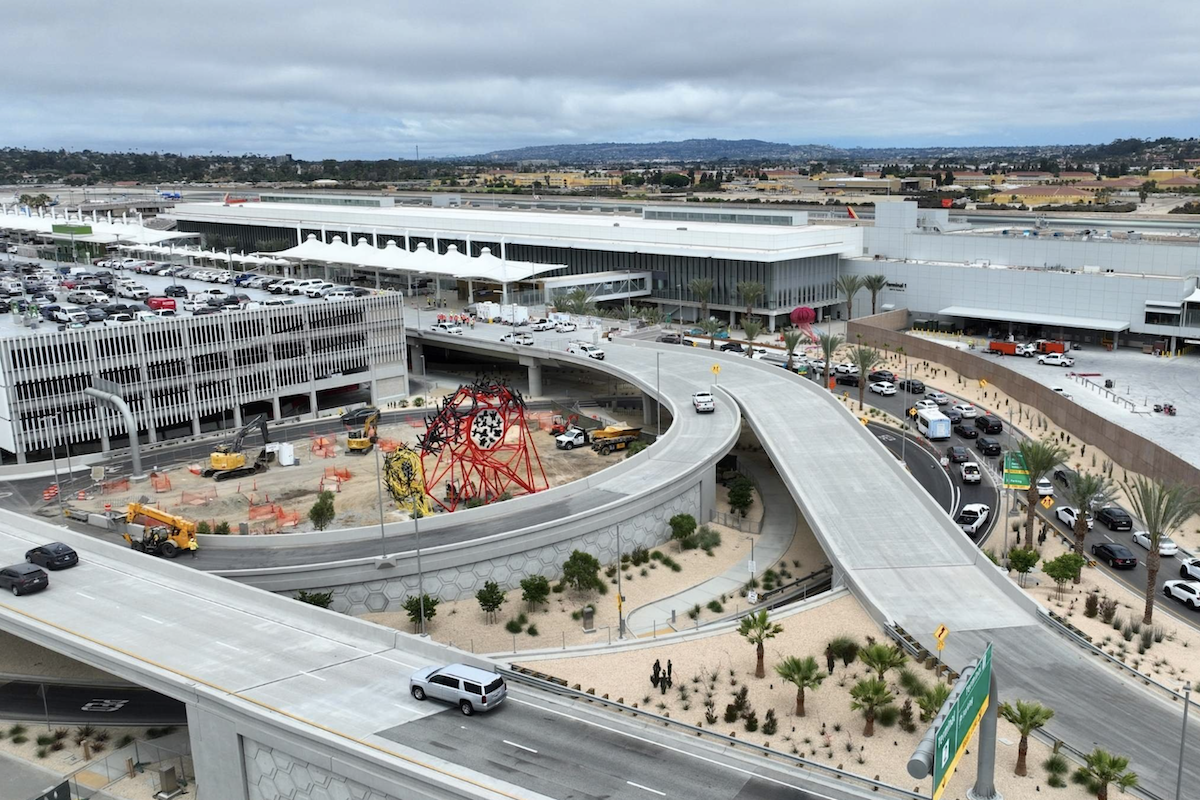When it comes to the workplace, it’s important to lead by example. According to the Occupational Safety and Health Administration (OSHA), repeated actions and consistent messages about safety have a lasting impact on a company’s safety and health program, safety culture, and the ability to reduce injury and illness.
Keep concrete workers safe and productive with these five tips:
Preventing increased dust inhalation can be done by using a dust collection system. Using a Venturi-style suction to remove dust at the source as the operator drills, the compact, canister-style unit runs off of the same air compressor used for drilling, eliminating the need for an additional power source. Dust collection systems should meet the requirements for dowel pin drills found in Table 1 of the OSHA final respirable crystalline silica standard when used with an appropriate filter.
High noise levels on jobsites can also pose a health threat to workers by causing hearing loss and tinnitus, or ringing in the ears. The Centers for Disease Control and Prevention (CDC) reports that approximately 51 percent of construction workers have been exposed to hazardous noise and 31 percent of those workers report not wearing hearing protection. With this in mind, manufacturers are taking steps to align with OSHA regulations through their equipment. The OSHA occupational noise exposure standard, 29 CFR 1910.95, requires workers to wear hearing protectors when exposed to 90 decibels or greater as an 8-hour time-weighted average.

| Your local Gomaco dealer |
|---|
| Terry Equipment |
Choose concrete equipment with rated noise levels below OSHA’s noise exposure standards. Look for concrete vibrators and other tools with dBA that are less than 90 decibels. This information is typically listed in equipment specs or displayed on the equipment serial tag. Operating concrete equipment with lower dBA levels means contractors and crew are not required to wear hearing protection, and those who do, are further protected from potentially hazardous noise exposure.
When equipment is maintained, the risk of accidents is also lessened. Contractors rely on equipment to accurately perform their job, and when equipment fails, it can cause injuries. To keep concrete equipment maintained, establish a regular routine for inspection and follow manufacturer recommendations.
Look for features that enhance safety and productivity on the jobsite, such as the I-QAN remote communication system for dowel drills. The I-QAN system offers operators maximum drilling efficiency and uptime via drill monitoring, diagnostics, and remote access to Minnich field support through a mobile device on the job. The remote system also allows for a safer operator position away from the moving drill and improved visibility of the drilling site overall.
Not only does upgrading technology increase efficiency and productivity, but it can also be a cost-effective approach.
Another way to stay protected is through the type of equipment used. Concrete barrier walls are common across the U.S. to allow construction sites to operate safely in close proximity to busy roadways. Many states have adopted regulations for securing these temporary barrier walls. Most commonly used on concrete barriers are steel stakes, which are installed through pre-formed holes in the concrete wall. While the barrier wall is intended as a safety measure, the placement of the steel anchor stakes can be a dangerous operation for the contractor.
Barrier wall drills were developed as a solution to increase safety and efficiency when drilling to secure a barrier wall. The drill keeps workers from the rigors of manual drilling and makes it possible to drill pin holes on the non-traffic side of the barrier wall, away from the risks posed by live traffic. The operator can remain at a safe distance with a tethered controller to simultaneously drill three pin holes through pre-molded holes in the wall, through the road and into the sub-base to allow steel pins to anchor the barrier wall in place.
Following these tips and complying with current OSHA standards will ensure a safer and more productive jobsite for contractors and crews this season and in the future.


































































